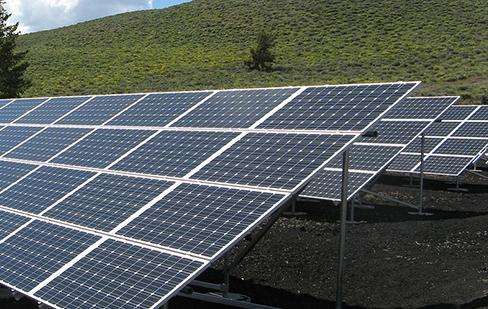In the western mountainous area of Hengshui Town, Mengjin County, the first phase of the maglev multi-story tower vertical axis multi-wind power generation project is under construction.
This project was built by Luoyang Fuxiao Wind Power Co., Ltd. It is a new energy project that supports development. It is located in Guanghua and Hongqiao villages, Hengshui Town, using barren hills and slopes. Wind resources, using magnetic levitation breeze power generation, strive to promote the development of green and clean new energy. The project is planned to be completed in three phases, with a total of 152 wind towers and 1 booster station built. Once completed and put into operation, it will not only save approximately 108,000 tons of coal and reduce carbon emissions by approximately 2.04 billion tons per year, but will also resettle nearly 100,000 local residents. Hundreds of farmers have found employment and increased income.
The Huastron prestressed frame steel tube wind power tower invested by Qingdao Jinjiaozhou Asset Management Co., Ltd. is 170 meters high.
The form now designed by "Huastron" is a frame type. The four corners have stronger bearing capacity through the lower tower body, which solves the problem of welding fatigue and can effectively avoid resonance. , this technology with more than 20 national and international patents can significantly increase the height of the tower, better utilize wind resources, and increase the effective hours of power generation.
The production process of wind power towersGenerally as follows:
CNC cutting machine cutting, thick plates need to be beveled , after the plate is formed by the plate rolling machine, spot welding, positioning, and welding of the inner and outer longitudinal seams are carried out after confirmation. After roundness inspection, if there are any problems, a second rounding is performed. After the single-section cylinder is welded, a hydraulic group is used to align the rollers. After the frame is assembled and spot welded, the inner and outer circumferential seams are welded.
After straightness and other tolerance inspections, after flange welding, weld non-destructive testing and flatness inspection, sand blasting and painting, after internal parts installation and finished product inspection are completed, they are transported to the installation site.














